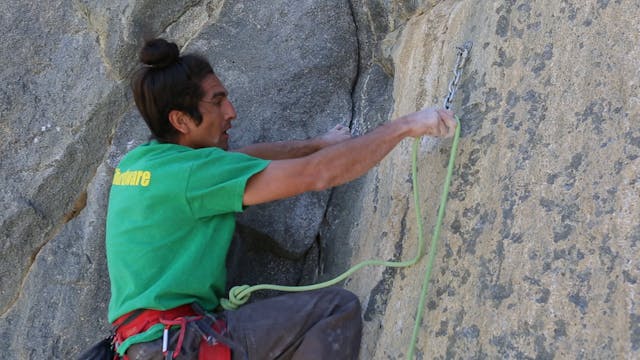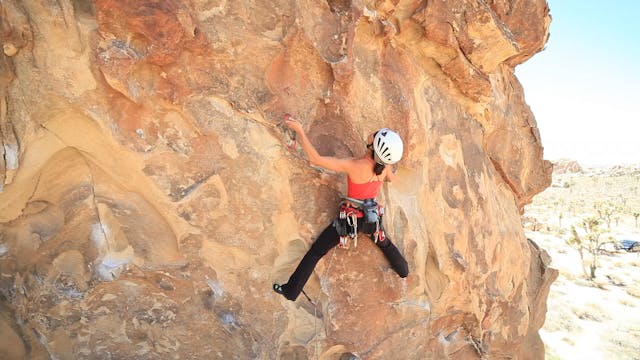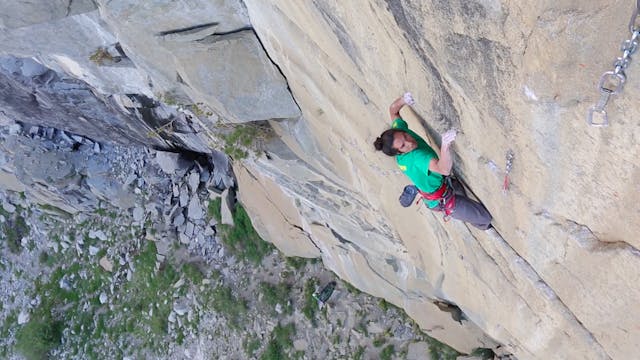Sport Climbing: 1. The Perfect Training Platform
Sport Climbing
•
1m 55s
To kick off our Sport Climbing series, we start by reviewing how sport climbing differs from the other types of climbing, as well as how it serves as the perfect training platform for advancing your climbing skills and transitioning from indoor to outdoor climbing.
- With less focus on placing gear on lead, sport climbing allows climbers to focus more on movement skills.
- When compared to bouldering or other climbing categories, sport climbs can offer incredible endurance training.
- Sport climbing is a great way to push your physical lead climbing abilities because it (often) requires less time and energy to clip bolts than it does to place traditional protection.
-Some consider sport climbing safer because you have pre-placed bolts and hangers to clip your quickdraws to. While this may be true much of the time, a well placed cam or stopper in strong rock is also very strong—and you should be familiar with how to recognize old or bad bolts.
- Similar to bouldering, sport climbing is a great way to transition from indoor to outdoor climbing, because the movement and techniques more closely mimic those learned in a climbing gym.
- Compared to alpine climbing, mountaineering, and even some traditional climbing, sport climbing destinations typically require less hiking and less gear.
- If the route angle is steep, and there are no apparent obstacles or concerns for either the climber or belayer, a lead fall can have lower consequences than, for example, a lead fall in alpine rock terrain. Sport climbing can therefore be a great venue with less risk for pushing your physical limits.
- At a sport climbing crag, you can often lower back to the ground, minimizing the need for extensive self rescue techniques if someone were to get injured.
All this stated, sport climbing risks should not be taken lightly. It is best to be familiar with self rescue techniques, as well as basic first aid, in addition to these key skills:
Leading climbing
Anchors
Lead belaying (versus top-rope belaying)
Knots
Partner communications
Rope management
Route finding
Rock quality considerations
We hope you found this video helpful. Feel free to comment below with questions or thoughts!
Please remember, climbing is inherently dangerous. Climb at your own risk.
Up Next in Sport Climbing
-
Sport Climbing: 2. Clipping Considera...
In this video we review clipping considerations for the leader while sport climbing. There are two main actions when clipping on lead:
1. Clipping the quickdraw to the bolt with the top carabiner
Clip the top carabiner of the quickdraw to the bolt such that the spines of both carabiners a... -
Sport Climbing: 3. Quickdraw Consider...
In this video we review quickdraw considerations for the leader while sport climbing.
- Carry enough draws for the route plus two extra “oh crap” draws AND extras for the anchor if needed. Typically ten to twelve draws are plenty, plus any gear needed to rappel, lower, clean, or top rope the ...
-
Sport Climbing: 4. Crimping Techniques
In this video we review proper crimping techniques used while sport climbing. As you progress in sport climbing, certain routes will require you to use impossibly small holds. Proper crimping technique is vital to sending your sport climbing project—and to keep your tendons from exploding!
Tw...


